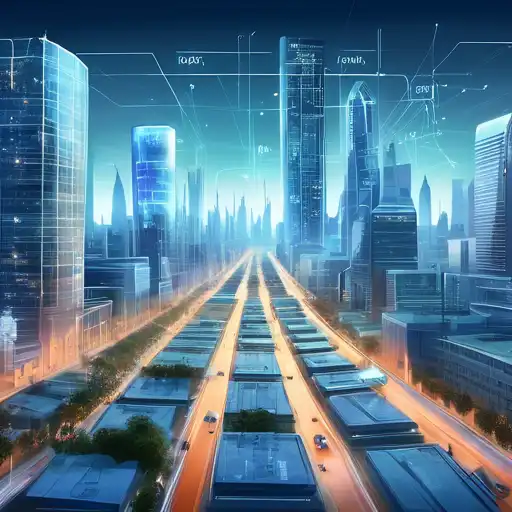Introduction to IoT and Smart Cities
The Internet of Things (IoT) is revolutionizing the way cities operate, making them smarter, more efficient, and more responsive to the needs of their inhabitants. By connecting devices, vehicles, and infrastructure to the internet, cities can collect and analyze data to improve services, reduce costs, and enhance the quality of life for residents.
Key Areas Where IoT is Making an Impact
From traffic management to waste disposal, IoT technologies are being deployed across various sectors to create more sustainable and livable urban environments. Here are some of the most significant areas of impact:
- Traffic and Transportation: IoT enables real-time traffic monitoring and smart parking solutions, reducing congestion and pollution.
- Energy Efficiency: Smart grids and IoT-enabled devices help cities reduce energy consumption and lower carbon emissions.
- Public Safety: IoT devices like smart cameras and sensors enhance security and emergency response times.
- Waste Management: Smart bins and IoT systems optimize waste collection routes and schedules, improving efficiency.
Examples of IoT in Action
Several cities around the world are leading the way in implementing IoT solutions to address urban challenges. For instance, Barcelona has deployed IoT sensors to monitor air quality and manage water usage, while Singapore uses IoT technology to optimize public transportation and reduce energy consumption in buildings.
Challenges and Considerations
Despite its potential, the adoption of IoT in smart cities faces several challenges, including privacy concerns, cybersecurity risks, and the need for significant investment in infrastructure. Addressing these issues is crucial for the successful implementation of IoT technologies.
The Future of IoT in Smart Cities
As technology continues to evolve, the possibilities for IoT in urban development are endless. Future advancements may include more integrated systems, autonomous vehicles, and even smarter buildings that adapt to the needs of their occupants in real-time.
For more insights into how technology is shaping our cities, explore our articles on urban development and sustainable technology.
Conclusion
The integration of IoT into city infrastructure is transforming urban landscapes, making them more efficient, sustainable, and livable. While challenges remain, the potential benefits of smart cities are undeniable, offering a glimpse into a future where technology and urban life are seamlessly intertwined.
